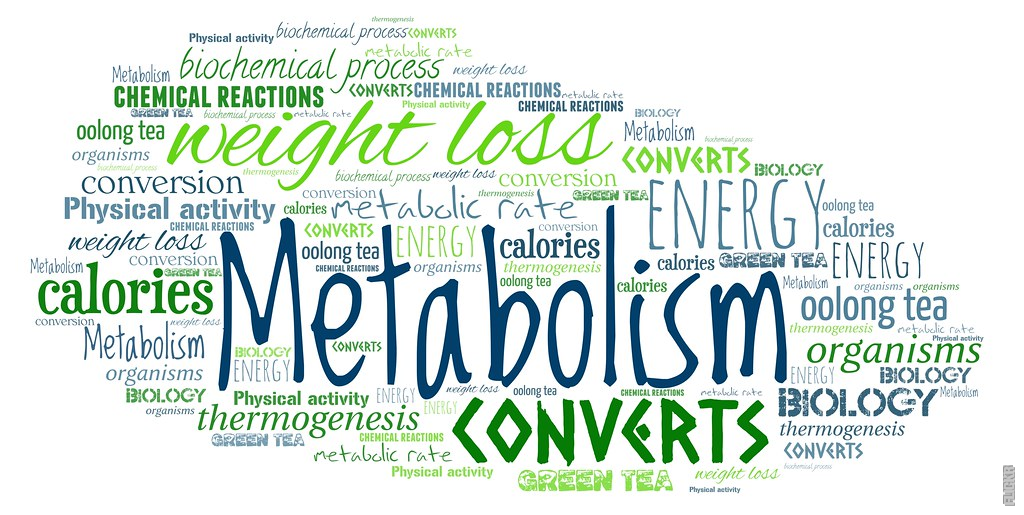The Marvels of Metabolism
Metabolism, the intricate process by which our bodies convert food into energy, is a fascinating and essential aspect of life. This complex network of chemical reactions allows organisms to grow, reproduce, and maintain their bodily functions. In this article, we delve into the secrets of metabolism, shedding light on its mechanisms and exploring the wonders it holds.
The Metabolic Machinery
At the heart of metabolism lies a series of biochemical reactions that occur within cells. These reactions are orchestrated by enzymes, molecular catalysts that speed up chemical reactions without being consumed themselves. Through a delicate dance of metabolic pathways, our bodies break down nutrients and transform them into the energy currency of cells: adenosine triphosphate (ATP).
The Fuel of Life
Carbohydrates, fats, and proteins are the primary fuel sources for metabolism. Carbohydrates, such as sugars and starches, are quickly converted into glucose, which serves as the main energy source in many organisms. Fats, stored in adipose tissue, are a rich source of energy, providing a more sustained supply of fuel. Lastly, proteins, composed of amino acids, play a vital role in metabolism as building blocks for cells and enzymes.
Making Energy Moves
The journey of energy conversion begins with digestion. After food is broken down in the stomach and intestines, nutrients enter the bloodstream and are delivered to cells throughout the body. Once inside the cells, the metabolic machinery takes over. Carbohydrates are broken down into glucose, which undergoes a series of reactions in the cytoplasm and mitochondria to produce ATP. Fats are first converted into fatty acids and glycerol, which then enter the mitochondria for further breakdown. Proteins, on the other hand, are broken down into amino acids and metabolized through various pathways.
The Metabolic Balancing Act
Metabolism is not a one-size-fits-all process. It adapts to the body’s needs and is influenced by factors such as age, sex, genetics, and physical activity. Basal metabolic rate (BMR) represents the energy expended at rest, accounting for the majority of an individual’s energy needs. Physical activity, including exercise, increases energy expenditure, while factors like dieting and fasting can lower it. The intricate balancing act of metabolism ensures that the body maintains equilibrium.
Post
Post
Metabolism and Weight Management
Metabolism plays a crucial role in weight management. Some individuals seem to have a faster metabolism, allowing them to burn calories more efficiently, while others struggle with a slower metabolism that can lead to weight gain. While factors such as genetics and age influence metabolic rate, lifestyle choices also play a significant role. Regular exercise, a balanced diet, and adequate sleep can all contribute to a healthy metabolism and weight management.
Metabolism’s Secrets Unveiled
Although much is known about metabolism, there are still mysteries waiting to be unraveled. Scientists continue to explore the intricate details of metabolic pathways and the role of specific enzymes. Understanding these processes at a deeper level could pave the way for new therapies for metabolic disorders and offer insights into aging and longevity. The study of metabolism remains an exciting and evolving field, captivating scientists and fueling their quest to unlock the secrets of life’s energy conversion.



